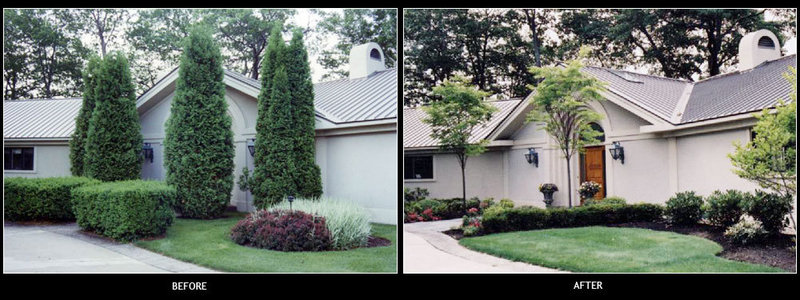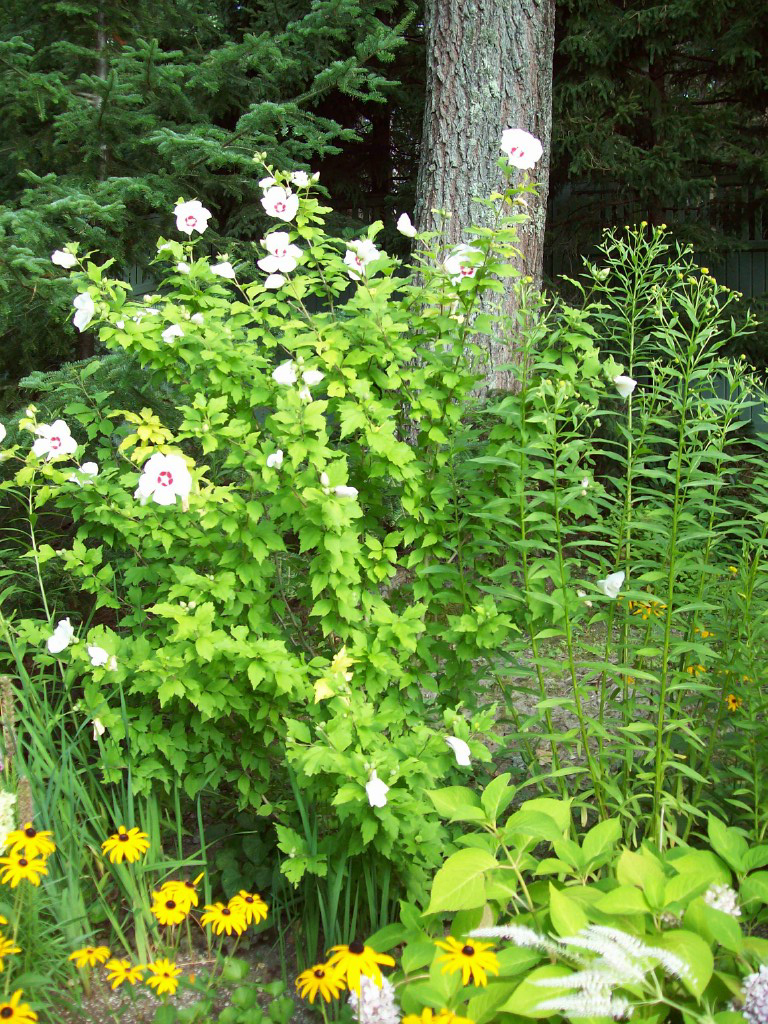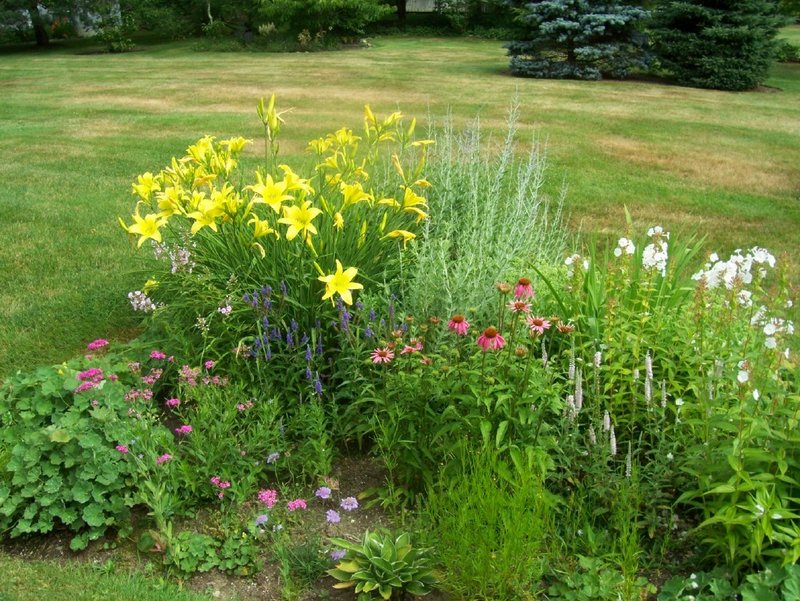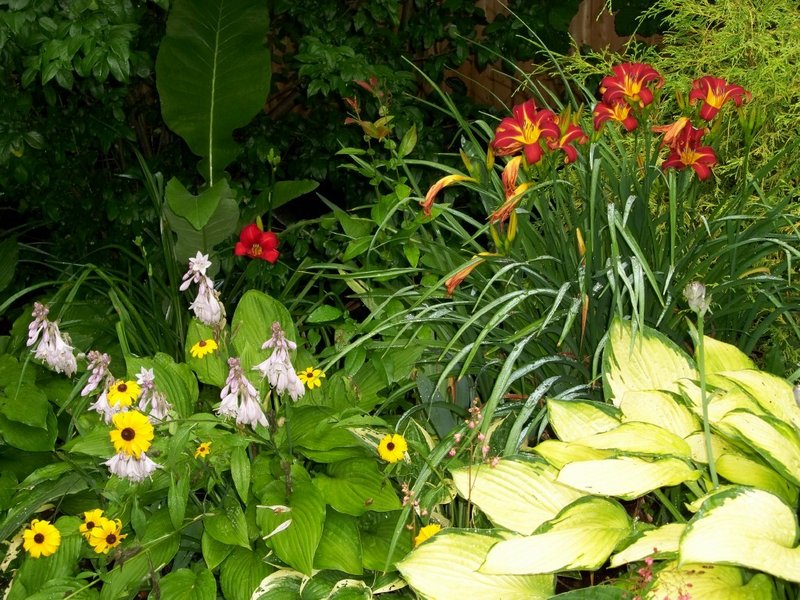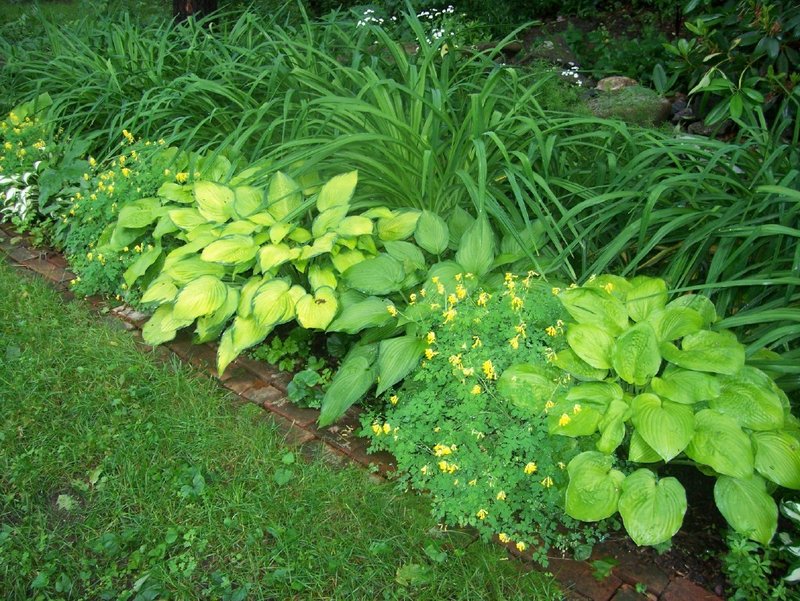Renovating a perennial garden requires thinking before acting. You know the garden has problems, or you would just leave the garden alone. But you don’t necessarily know what the problems are.
So, in our second in a series of three renovation articles — lawns last week, shrubs and small trees next — we turn to a professional in the field.
“The first thing I try to get out of a customer is what they don’t like about the garden,” said Chace Campbell, a manager at Gnome Landscaping and Design in Falmouth.
And Campbell often has to draw that information out, discussing over time and interpreting the comments to figure out what would make the garden owner happy.
“Often what I find is that people have great color in the spring and nothing the rest of the season,” Campbell said. “It’s from poor plant choices, but it’s understandable because most people plant their gardens in the springtime. They go to the nursery and say, ‘I like that, and I like that,’ pointing at all the things in bloom.”
So a beginning step is to replace some of the spring-blooming plants with ones that bloom later in the season. You can do that with different species of plants, of course, but also with different varieties within the species. In a grouping of peonies or day lilies, some come earlier than others, so you can carefully pick your different cultivars to spread the season of each species.
But gardens are more than flowers.
“Another thing that a lot of people don’t understand,” Campbell said, “is that texture is really important in a garden, as important as color, I think. You can have many, many different plants and if you don’t change texture, it seems like you have the same plant over and over.”
As an example, day lilies and irises both have long, strappy leaves. When they aren’t in bloom, they look highly similar.
But if you add the big and broad leaves of hosta, the lacy foliage of astilbe, the fleshy leaves of fall sedum, the bold foliage of Solomon’s seal and the upright helenium, you have a wide variety of shapes and shades.
Another thing to consider is that most flowers are shaped like daisies — with an eye surrounded by petals. And a lot of those, like echinacea, rudbeckia and others, are wonderful, but you also want to have blossoms with round, spiky, cupped, feathery and lily shapes.
Another thing people often dislike about their gardens, Campbell said, is the dying foliage of gone-by plants.
“People like daffodils and tulips, but after they bloom they are pretty ugly,” he said. “If you intersperse them with something like day lilies, you don’t have to see what you don’t want to see.”
And although we are discussing mostly perennials this week, often perennials alone will not create the best garden.
“You need structure within the perennial garden, especially in front of the house, with foundation plantings,” he said. “You need to combine shrubs or small trees to work with the perennials.”
This may sound complicated, but you can do it yourself if you are willing to fail a few times.
“The reason homeowners hire someone like me is that I have already made my mistakes and I can give them the benefit of what I have learned,” Campbell said.
But people who want to do it by themselves can go to any of the good, local nurseries in Greater Portland and get advice about what plants will work in what situations. Nursery staff will say which plants typically work well together.
Physically, renovating perennials is easier to do than lawns or shrubs. Most perennials don’t have deep roots, so you can dig out the ones you want to move or remove fairly easily. While you are digging up the plants, it makes sense to add compost and, probably, lime — but I did advise you last week to get a soil test.
With the plants you remove from your garden, you have three options. Most desirable is to find a place on your property where they will do the job, even if they won’t do it where they are now. Next, you can give them away — either to a friend now, or pot them up for a charity plant sale in the spring.
If neither of those is going to work, compost them. Getting rid of a plant is not against the rules.
You can do this job of renovating your gardens right up through October. Just remember that the gardens have to get an inch of rain each week right up until the ground freezes. Don’t use any fertilizer except compost in the fall, but you can fertilize in the spring.
Tom Atwell can be contacted at 791-6362 or at:
tatwell@pressherald.com
Send questions/comments to the editors.

